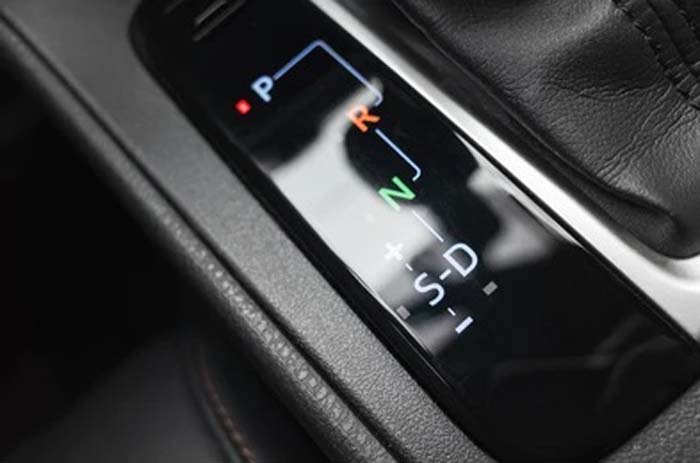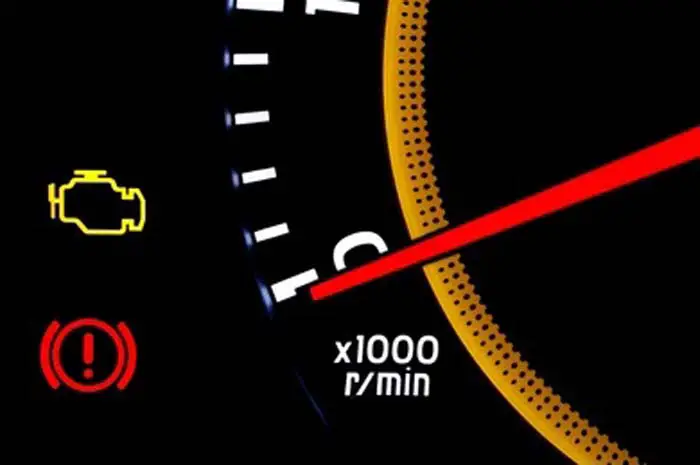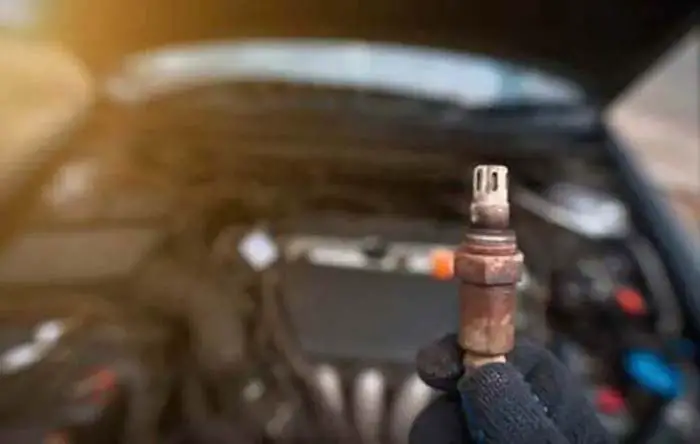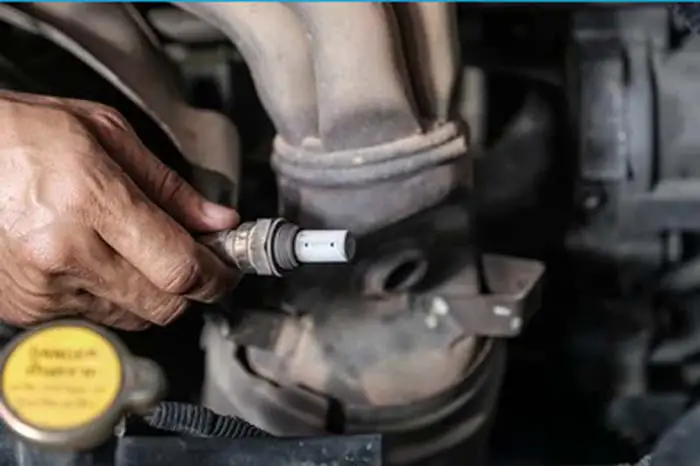
An oxygen sensor is found in cars made after 1985. It’s a part of the emissions control system. The O2 sensor is responsible for providing data to the engine control module (ECM). A workingO2 sensor helps to ensure that the engine is operating at optimum performance. Every vehicle has at least one oxygen sensor in every exhaust manifold. Most vehicles have two to four oxygen sensors.
Furthermore, the oxygen (O2) sensor examined the emissions and send high voltage when they become too high. The driver must be aware of this fault and that there is something wrong with the oxygen level by the Check Engine Light and O2 light to fix the problem. If your sensor is malfunctioning, here is a temporary fix for the bad O2 sensor. It’s easy and it might just do the trick. This can be used to get your car running until you have time to get the faulty sensor replaced.
Temporary Fix For Bad O2 Sensor
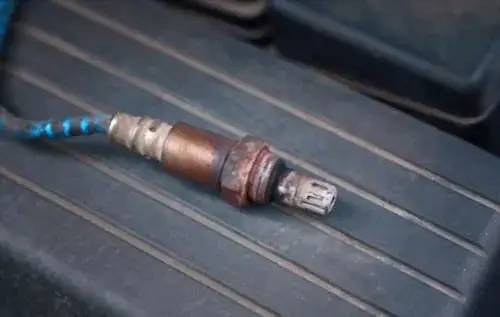
A faulty oxygen sensor may result in a variety of problems. It can make your car engine run lean, which means it has too much air and not enough fuel. So, the damaged sensors can result in lower fuel economy and higher emissions. Also, old o2 sensors cause your engine to misfire or to run roughly in some cases. As a result, early detection of a defective sensor is essential.
If are driving with a faulty o2 for higher performance or racing, a temporary fix for a malfunctioning O2 sensor may be a good option, so that you can tune the engine without triggering a system error and the check engine light to illuminate. A dummy sensor can be used to temporarily bypass a malfunctioning oxygen sensor. However, because the car’s O2 sensor is part of the emissions control system, so the engine will be at risk due to a bad oxygen level.
Following are the steps which are required to temporarily fix a damaged o2 sensor in your car by the fast and easy method:
- Place the jack under the front pinch welds (an area at the front of the car where different metal components are welded together) to jack the car.
- Now, unplug the Oxygen sensors under the vehicle.
- After removing the plug, twist the O2 sensor off counterclockwise with an Oxygen sensor removal tool.
- After removing the oxygen sensor on your car again connect the sensor wiring from the end of the sensor which has a male or female connecting end (depending on the type of sensor).
It is just a temporary fix for a bad O2 sensor, try to repair or get the sensor replaced as soon as possible by visiting the car mechanic. The mileage of your car will be reduced if the sensor is not working properly.
Expert Tips For Fixing a Bad O2 Sensor
If you suspect that you have a bad oxygen sensor in your car, it is important to fix a bad o2 sensor to avoid any potential problems. A faulty O2 sensor can cause a variety of issues in your vehicle, including poor fuel efficiency, the check engine light coming on, poor engine performance, increased emissions, and damage to the catalytic converter. Here are some expert tips for fixing if the o2 sensor is bad:
- Check For Any Visible Damage or Debris: If the O2 sensor is visibly damaged or covered in debris, this might be the reason of o2 sensor malfunction. You can try cleaning the sensor with a wire brush or special sensor cleaner to see if that resolves the issue. To clean the o2 sensor in your vehicle, first, find the o2 sensor (it is typically located in the exhaust pipe or manifold) and carefully remove it using a socket wrench. Then, use a wire brush or sensor cleaner to gently scrub the sensor, being careful not to damage the delicate wires. Once you have finished cleaning the sensor, reinstall the sensor in place and see if the issue has been resolved.
- Add a Fuel Additive: Some fuel additives contain special cleaners that can help to dissolve any deposits that may be clogging the sensor if the o2 sensor is malfunctioning and you need to fix it. You can try adding a fuel additive to your gas tank to see if that helps. To use a fuel additive, simply add it to your gas tank according to the instructions on the package. Be sure to choose a fuel additive that is specifically designed to clean oxygen sensors
- Use a Higher-Grade Fuel: Using a higher-grade fuel (e.g., premium gasoline) can help to reduce deposits in the engine, which may also help to improve the sensor working. Higher-grade fuels contain fewer impurities and may be less likely to leave deposits in the engine.
- Check For Any Other Potential Issues: Faulty fuel pump or a malfunctioning catalytic converter also makes an o2 sensor faulty. It is important to diagnose the problems of the oxygen sensor as soon as possible and address any underlying issues. If you are unsure of the cause of the problem, you may want to have your vehicle checked by a mechanic.
- Consider Replacing a Bad Sensor: If none of the above solutions work, it may be necessary to replace the O2 sensor because it is an indication of something wrong with the oxygen sensor. This is a more involved repair and may require the assistance of a mechanic. If the o2 sensor had failed to replace, you will need to locate it (it is typically located in the exhaust pipe or manifold) and remove it using a socket wrench. Then, install the new O2 sensor, making sure to tighten it securely. Once the new sensor is in place, start the vehicle and see if the issue has been resolved.
Please note that these methods are to temporarily fix a bad sensor, and it is important to have a faulty O2 sensor replaced if the sensor isn’t working properly. Driving with a broken oxygen sensor causes poor fuel efficiency and may also cause damage to your vehicle’s catalytic converter. If your o2 sensor fails or observe that the o2 sensor is not working properly, it is best to take your vehicle to a mechanic for professional repair.
Related Post: How Long Can You Drive With A Broken Oxygen Sensor
The Risks of Driving with a Bad Oxygen Sensor
Driving with a bad oxygen sensor can be risky for a number of reasons. The oxygen sensor measures the amount of oxygen present in the exhaust gases and sends this information to the engine control unit. If it is not functioning correctly, the o2 sensor will force much oxygen to pass which can affect the performance of the engine and cause a variety of issues. Poor fuel economy, the check engine light coming on, poor engine performance, increased emissions, and damage to the catalytic converter are common bad o2 sensor symptoms.
One of the main risks of driving with a bad oxygen sensor is poor fuel efficiency. A faulty oxygen sensor monitors oxygen poorly which can cause your vehicle to burn fuel inefficiently, which can result in decreased fuel economy. This not only means that you will have to fill up your gas tank more frequently, but it also means that you will be spending more money on fuel overall.
Another risk of driving with a bad oxygen sensor is damage to the catalytic converter. The catalytic converter is an important component that helps to reduce emissions from your vehicle. One oxygen sensor which is faulty can cause damage to the catalytic converter, which can be costly to repair. In some cases, the catalytic converter may need to be completely replaced, which can be a significant expense.
In addition to these risks, driving with a bad oxygen sensor can also increase emissions from your vehicle. A faulty oxygen sensor can cause your vehicle to emit higher levels of pollution, which can have negative environmental consequences. It is important to do your part to reduce emissions by ensuring that your oxygen sensor is functioning properly.
Poor engine performance is another risk of driving with a bad oxygen sensor. A faulty oxygen sensor can cause your vehicle to run poorly or to experience a loss of power. This can make driving less enjoyable and may also make your vehicle more difficult to handle, particularly in emergency situations.
Finally, driving with a faulty oxygen sensor can lead to more serious problems and may shorten the lifespan of your vehicle. Ignoring a problem with the oxygen sensor can allow the issue to escalate and potentially cause damage to other parts of the engine. To avoid these risks and keep your vehicle running smoothly and efficiently, it is important to have a faulty oxygen sensor replaced as soon as possible.
In summary, the risks of driving with a bad oxygen sensor include poor fuel efficiency, damage to the catalytic converter, increased emissions, poor engine performance, and reduced vehicle lifespan. To avoid these issues and ensure that your vehicle is running properly, it is important to have a faulty oxygen sensor replaced as soon as possible.
Bad Oxygen Sensor Repair: Is It a DIY Job or Should You Take It to a Mechanic?
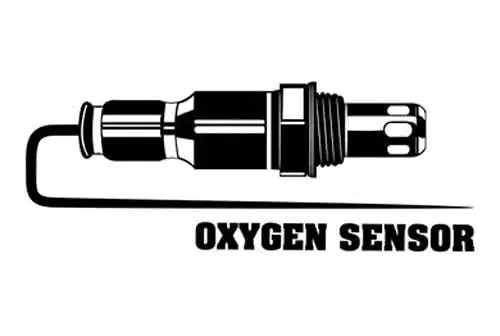
Whether you should attempt to repair a faulty oxygen sensor yourself or take it to a mechanic depends on several factors. Some things to consider include your level of mechanical expertise, the tools and equipment you have available, and the specific issue you are dealing with.
If you are comfortable working in your own vehicle and have the necessary tools and equipment, it is possible to replace an oxygen sensor yourself. You can find step-by-step instructions online or in a repair manual. However, keep in mind that oxygen sensor replacement can be a challenging job, especially if you are not familiar with automotive repair.
If you are unsure of your abilities or do not have the necessary tools, it is probably best to take your vehicle to a mechanic. A professional mechanic will have the experience and expertise to diagnose the problem and replace the oxygen sensor correctly. This can save you time and hassle, and it can also help to ensure that the repair is done safely and correctly.
In general, if you are comfortable working on your own vehicle and have the necessary tools and equipment, you may be able to tackle an oxygen sensor repair yourself. However, if you are not confident in your abilities or do not have the necessary equipment, it is probably best to get your o2 sensor replaced by a mechanic shop.
FAQs
If you continue to drive and your sensor is still faulty, it can cause a variety of issues that can affect the performance of your vehicle and potentially cause damage. Some of the problems that can occur if you keep driving with a faulty oxygen sensor include:
1. Poor fuel efficiency
2. Damage to the catalytic converter
3. Increased emissions
4. Poor engine performance
5. Reduced vehicle lifespan
Yes, you can start your car without an oxygen sensor, but it is not recommended. f the oxygen sensor fails, it can affect the performance of the engine and cause a variety of issues. Some of the common symptoms of a bad oxygen sensor include poor fuel economy, the check engine light coming on, poor engine performance, increased emissions, and damage to the catalytic converter.
yes, you can drive your vehicle by replacing the sensor with a dummy sensor before replacing it with a new one, it will generate a check light but will not prevent the vehicle from driving.
Related Post: What Is A Dummy O2 Sensor? You’re About To Find Out!
Sign Up

